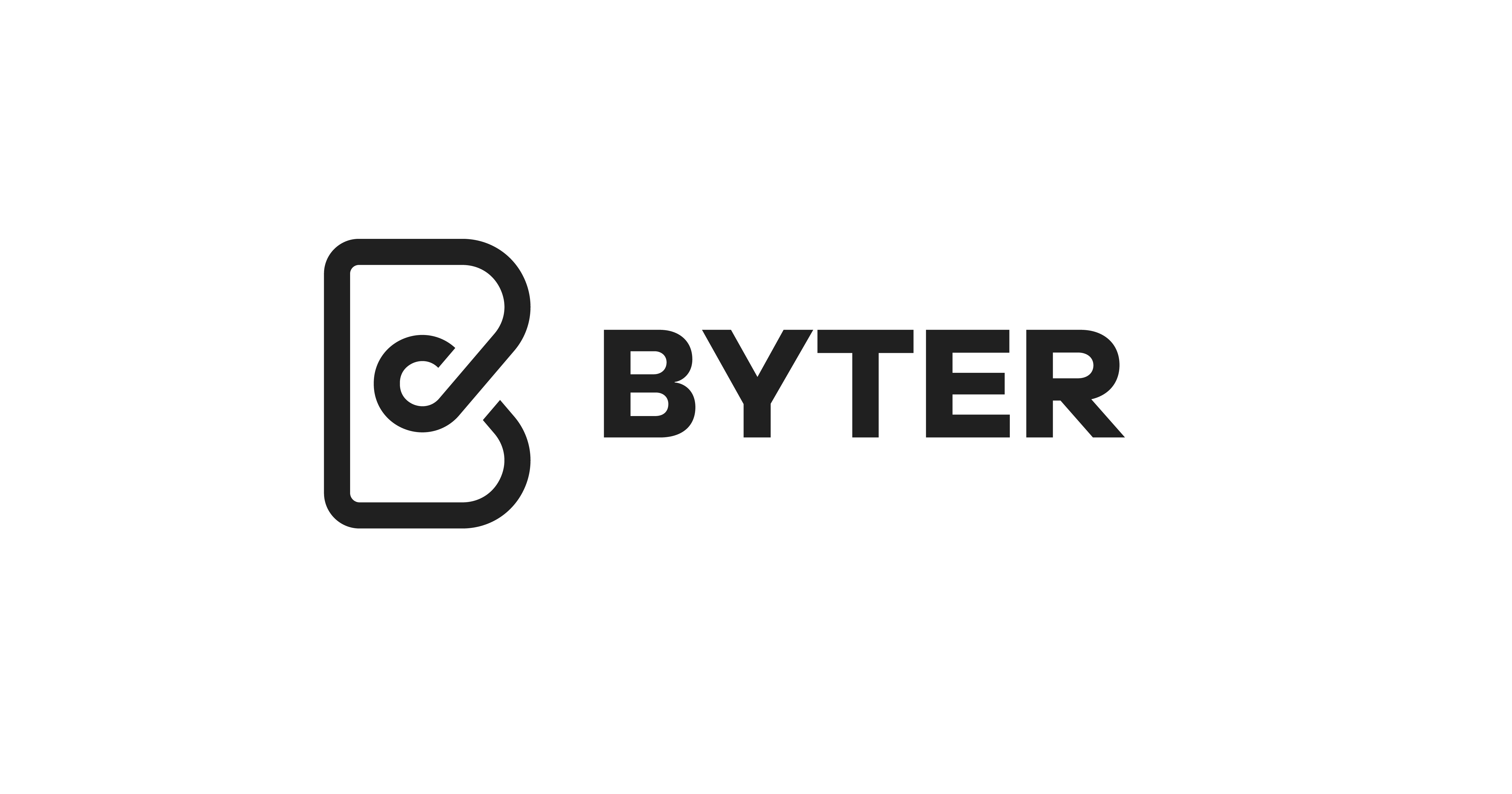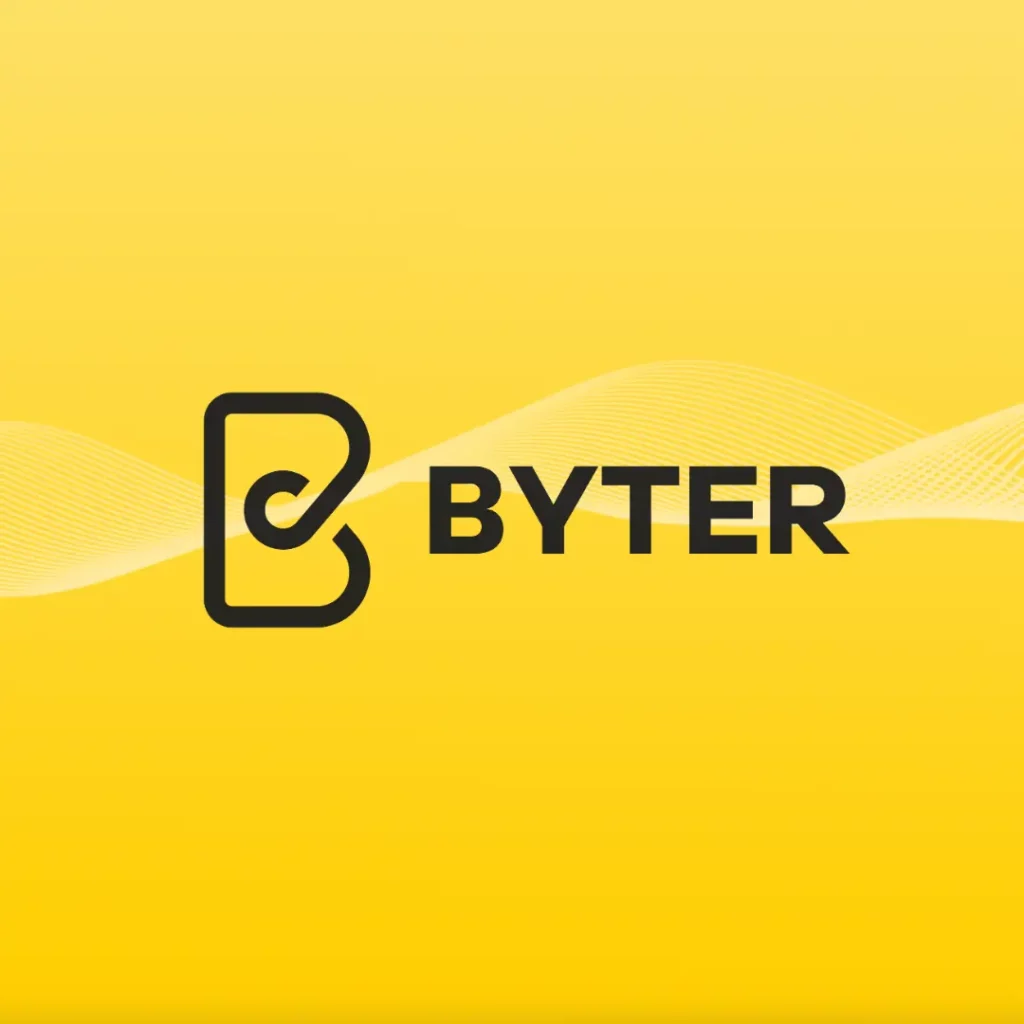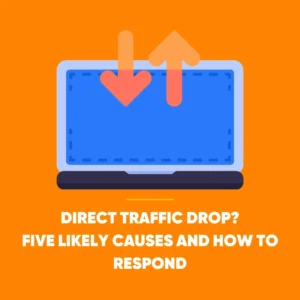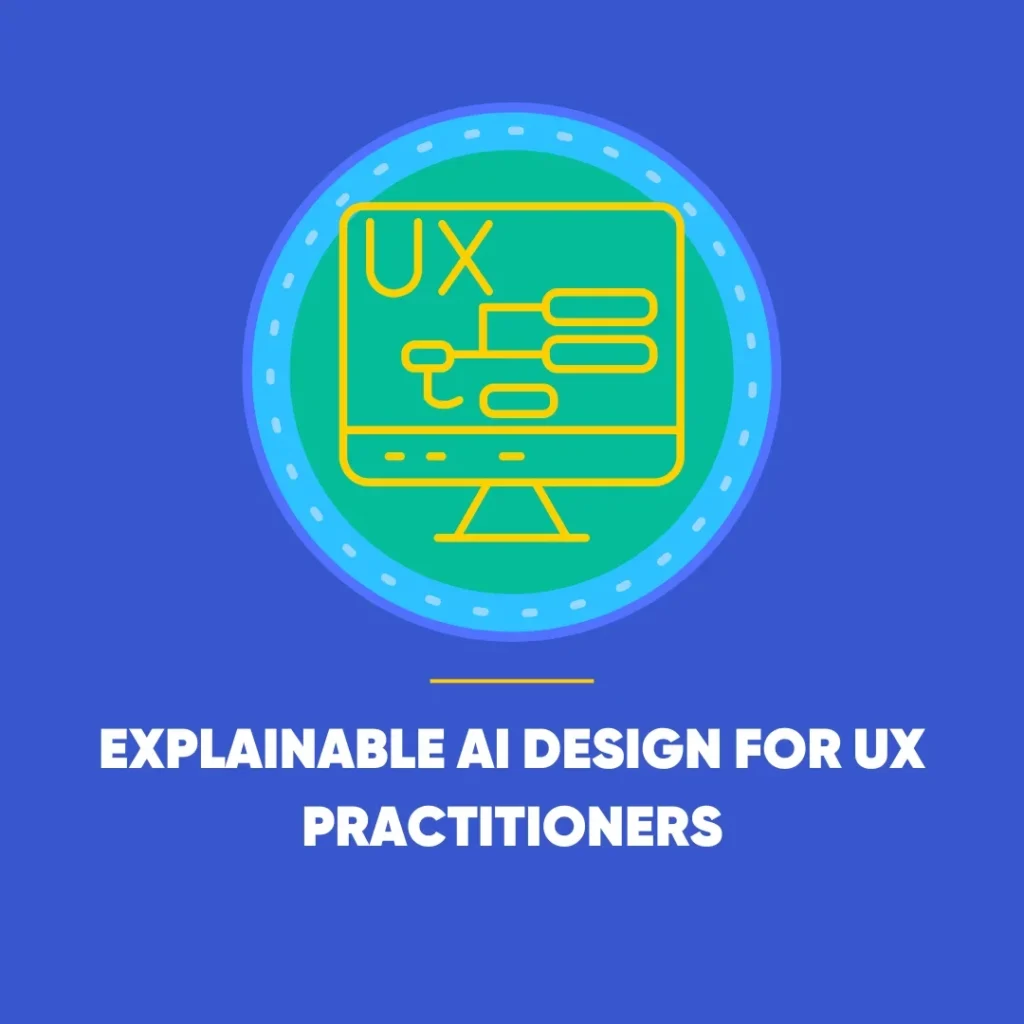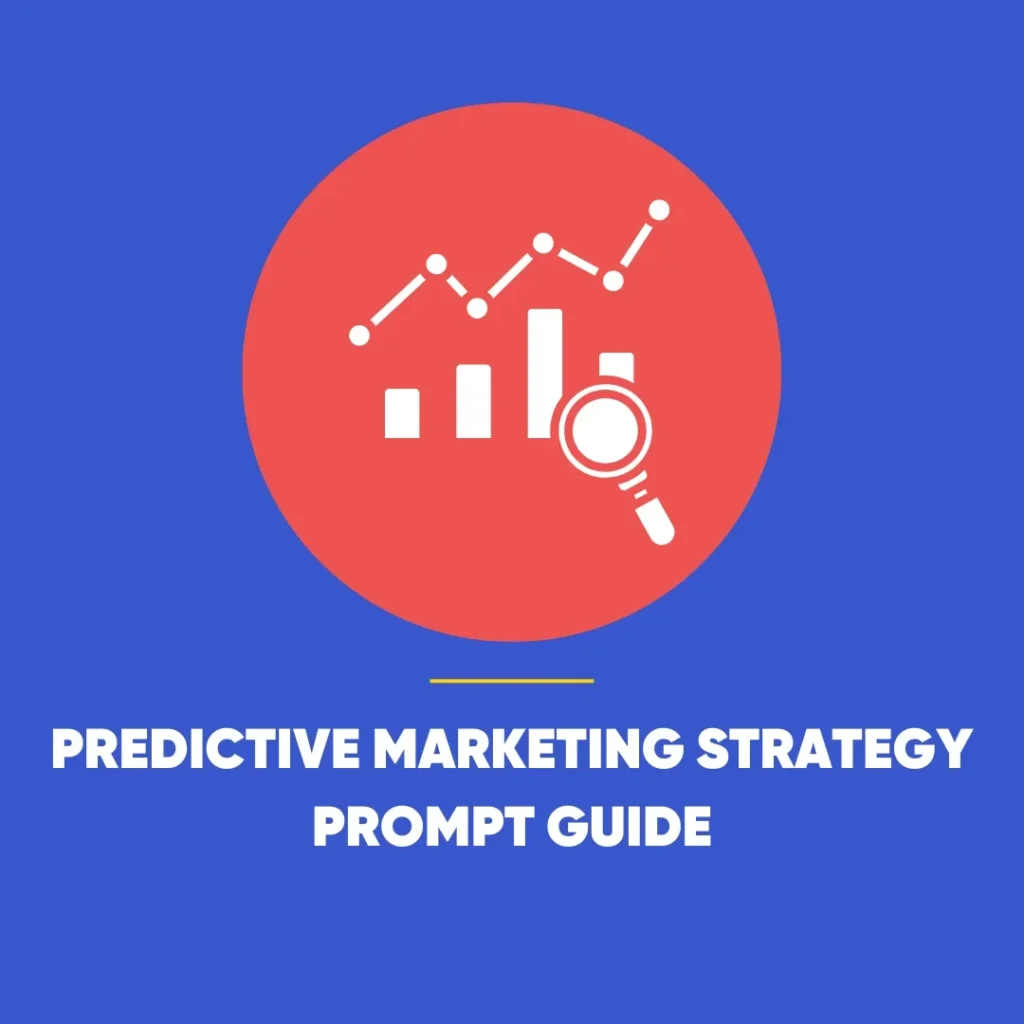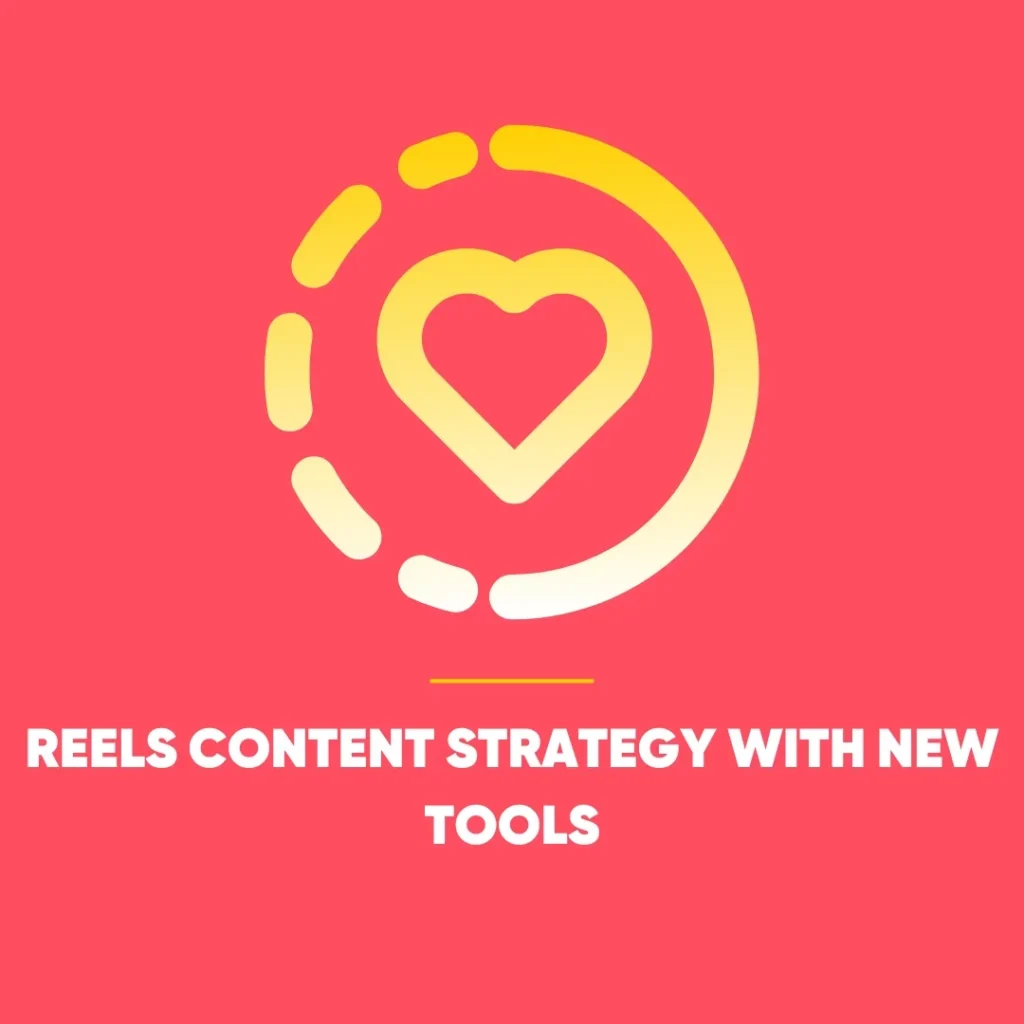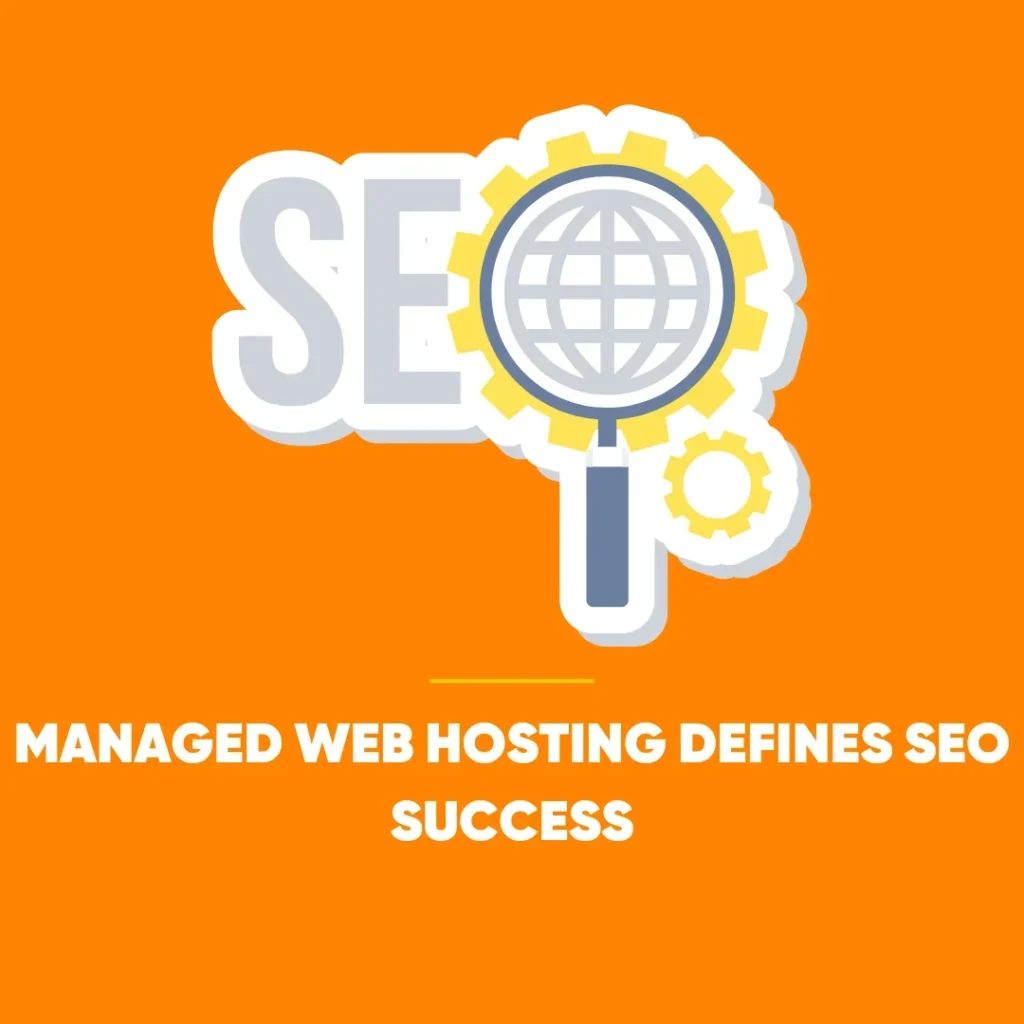AI Content Planning: A Guide to Answer Engine Optimisation (AEO)
With the rise of AI-powered tools like ChatGPT, the need for strategic AI Content Planning is becoming increasingly vital. Traditional keyword-driven SEO is giving way to a new, intent-focused approach, Answer Engine Optimisation (AEO). For marketers and businesses aiming to remain discoverable online, adapting to these changes is no longer optional; it’s essential.
This article explores the most pressing AEO questions and answers, offering practical insights for professionals seeking to optimise their visibility in the era of intelligent search.
From Search Engines to Answer Engines: What’s Changed?
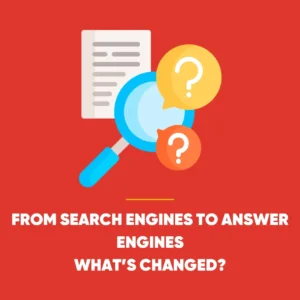 Search engines have long been the primary gateway for digital discovery. However, AI-powered tools are now acting less like directories and more like personal assistants – delivering direct answers instead of merely listing websites. This shift rewards clear, concise, and relevant content structured to meet user intent.
Search engines have long been the primary gateway for digital discovery. However, AI-powered tools are now acting less like directories and more like personal assistants – delivering direct answers instead of merely listing websites. This shift rewards clear, concise, and relevant content structured to meet user intent.
Despite the surge in AI tools, traditional search engines, particularly Google, remain dominant. We cannot ignore the growth of AI-led platforms. The message is clear: businesses must evolve, not abandon, their digital strategies.
Building a Foundation for AEO Success: AI Content Planning
How Can Businesses Rank in AI Answer Engines?
To gain visibility in tools like ChatGPT, businesses should focus on four key pillars:
- Assess Current AI Presence: Identify where and how your content currently appears in AI-generated responses.
- Optimise Technical Infrastructure: Ensure bots can access your site. Implement structured data like schema markup.
- Restructure Content for Clarity: Format answers in 50–100 word segments, ideally in a Q&A format.
- Demonstrate Authority: Use digital PR, backlinks, and original terminology to build content that’s trustworthy and unique.
This approach helps language models index, surface, and select your site as they prioritise reliable information.
The Future Role of Websites: AI Content Planning
While AI tools handle discovery, websites will continue to serve as the core of transactions and relationship-building. Rather than chasing raw traffic, businesses should anticipate fewer – but significantly more qualified – visits. Experts expect conversion rates to improve as search engines better match intent with relevant content.
AEO vs SEO: Can We Succeed Without Strong SEO?
The transition to AEO doesn’t render SEO obsolete – but the focus shifts. If SEO underperformance stems from technical issues like poor indexing, those flaws will also hinder AEO efforts. However, if the issue is content-based, there’s more room to recover. Clear, helpful answers and a strong brand reputation can still earn high visibility in AI-generated responses – even without traditional SEO dominance.
Tracking Performance in the AI Search Era
How Do You Monitor AI Bot Activity?
Understanding AI models is critical for effective AI Content Planning and ensuring your content gets surfaced accurately. Tools like SEMrush or other log file analysers can help track crawlers such as GPTBot, PerplexityBot, and ClaudeBot. Marketers should closely monitor which pages bots crawl, how often they do it, and where they encounter errors.
How to Determine What AI Tools Are Quoting
Use distinct phrases, unique product names, or proprietary frameworks to help AI tools extract your content. Test search responses for your branded terms to confirm what they use and ensure your content remains uniquely identifiable.
Advertising in AI-Powered Platforms
Measuring Long-Term Brand Impact
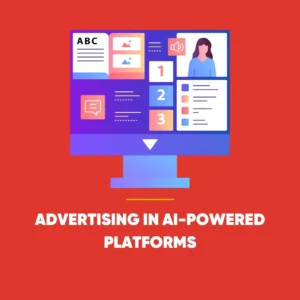 As traditional metrics lose precision, marketers are turning to broader indicators like Net Promoter Score (NPS), brand search volume, direct traffic, and share of voice. For long-term measurement, media mix modelling can help quantify how Answer Engine visibility affects brand equity over time.
As traditional metrics lose precision, marketers are turning to broader indicators like Net Promoter Score (NPS), brand search volume, direct traffic, and share of voice. For long-term measurement, media mix modelling can help quantify how Answer Engine visibility affects brand equity over time.
How Are AI Ads Being Priced?
AI advertising is returning to older models like cost-per-thousand impressions (CPM), particularly on platforms such as Perplexity. Google, meanwhile, continues to offer performance-based models like PPC through tools like AI Max for Search.
Are Conversions or Awareness the Goal?
While conversion has been the main driver of online ad strategies, AI integration is prompting a greater emphasis on awareness. Google’s latest ad products now support broader demand generation campaigns to complement the AI-driven shift in discovery behaviour.
Crafting Content That Works for Answer Engines: AI Content Planning
What Gets Included in AI Responses?
Structured, semantic data trains AI tools, so create digestible, well-organised content to get featured. FAQs, schema, and clear headings all help. Importantly, AEO is more granular than SEO – optimising individual paragraphs or phrases rather than entire pages.
Content Strategy Tips for AI Discovery
Instead of merely publishing blog posts, brands should focus on creating thought leadership through proprietary concepts, interactive tools, live sessions, and other high-engagement formats. The goal is to move from passive content to active, solution-focused media.
Protecting Traffic While Embracing AEO
What If AI Tools Feature Your Content Instead of Driving Clicks?
Visibility in AI summaries doesn’t always equate to traffic – but it does enhance authority. Businesses can counterbalance potential traffic loss by:
- Earning multiple mentions across related searches
- Building comprehensive landing pages with linked answers
- Owning a broader portion of the conversation within a niche
This multi-pronged strategy ensures that even when clicks are reduced, brand presence remains strong.
Will AEO Replace Traditional SEO?
While AEO may divert some traffic from standard search listings, it also increases overall search volume and quality of engagement. The biggest winners will be those who adjust early – prioritising answer-based visibility and user intent over keyword stuffing or link farming.
Mastering the Future of Search Industry-Specific Impacts: AI Content Planning
Local Search and Business Listings
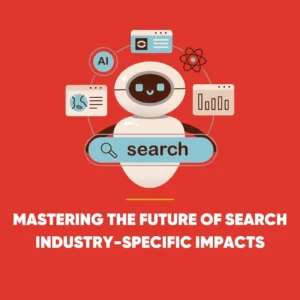 Business profiles and customer reviews on platforms like Google are goldmines for AI models. Consequently, these user-generated data sources boost local visibility and are likely to be prioritised in location-based queries.
Business profiles and customer reviews on platforms like Google are goldmines for AI models. Consequently, these user-generated data sources boost local visibility and are likely to be prioritised in location-based queries.
Retail and E-Commerce Considerations
Google’s AI-driven shopping features aim to centralise the consumer journey. Retailers must list products properly in Google Merchant Centre and optimise them with structured data. This ensures AI engines can retrieve product details accurately and showcase them effectively.
Who’s Using Answer Engines Right Now?
Younger, higher-income male users currently dominate usage. Nearly half of users are under 25, and a majority earn over $60,000 annually. But this will likely shift over time. Experts advise brands to get ahead now, while competition remains relatively light.
Final Thoughts: Time to Act
The era of AI-powered discovery is here – and moreover, it’s only gaining momentum. Therefore, businesses that want to remain discoverable and relevant must embrace a new way of thinking about content: less volume, more clarity; less keyword chasing, more question answering.
AEO rewards those who bring value, clarity, and trust to the table. Whether you’re a small retailer or a global brand, now is the time to start reshaping your digital strategy for the age of intelligent search.
